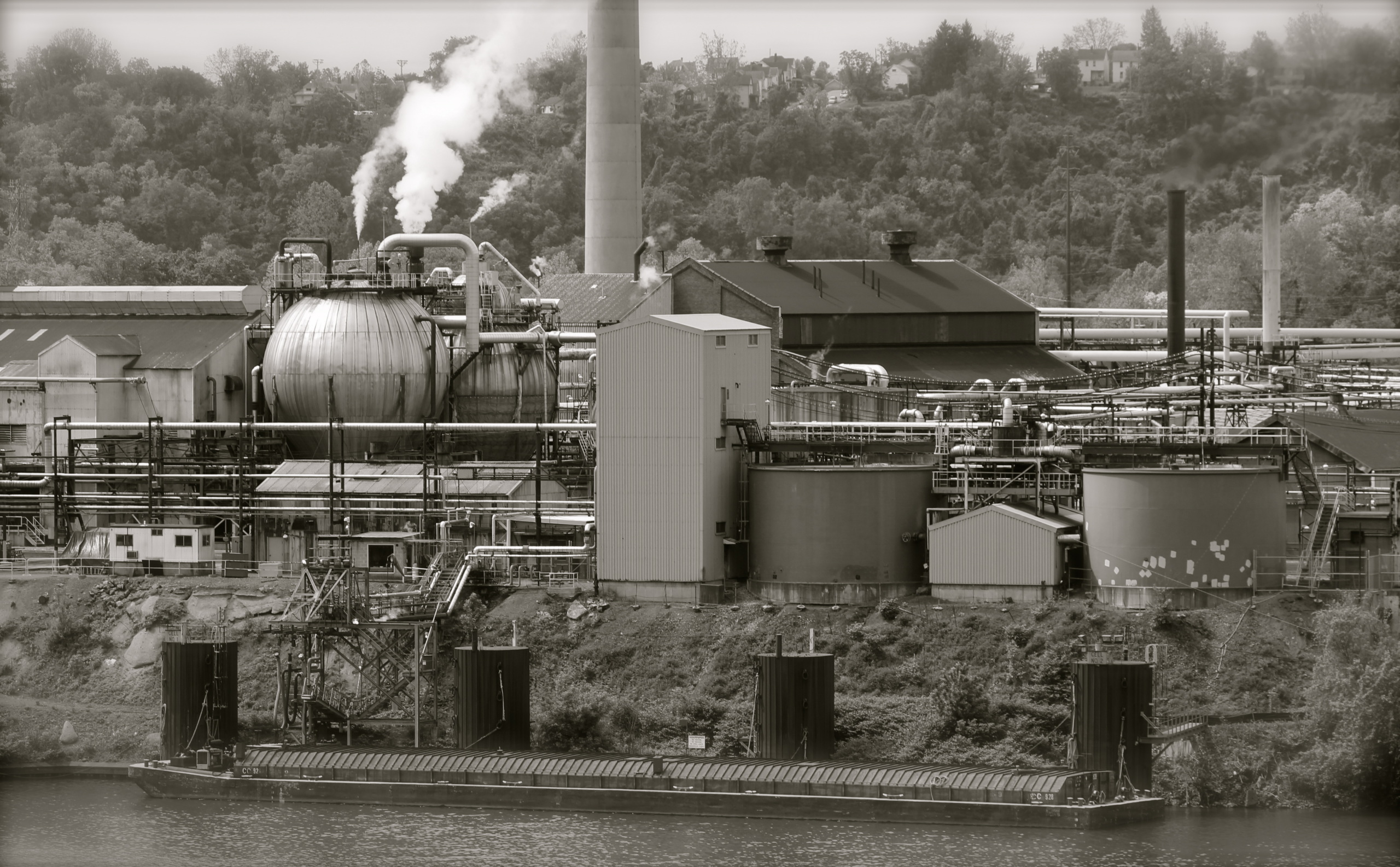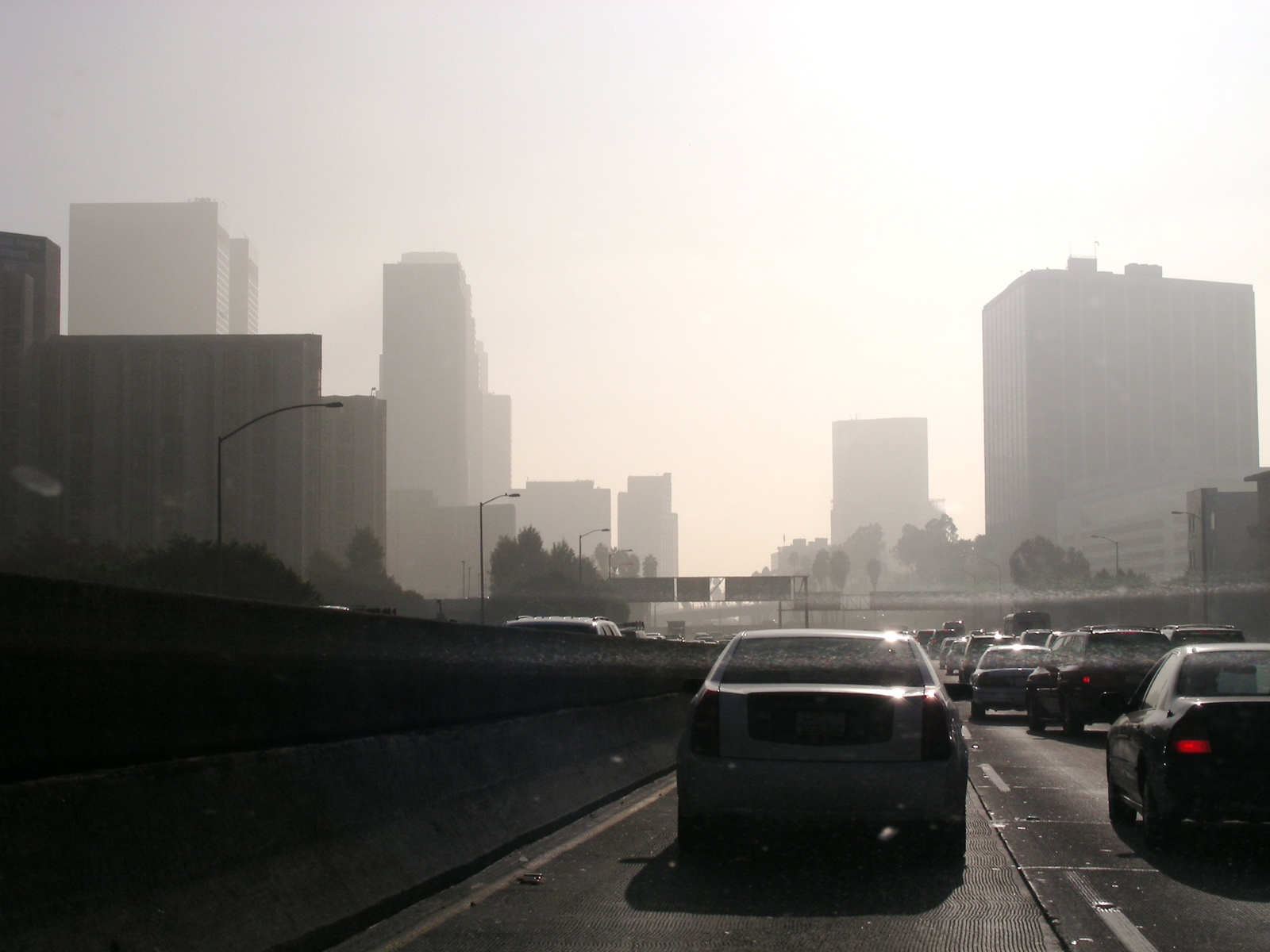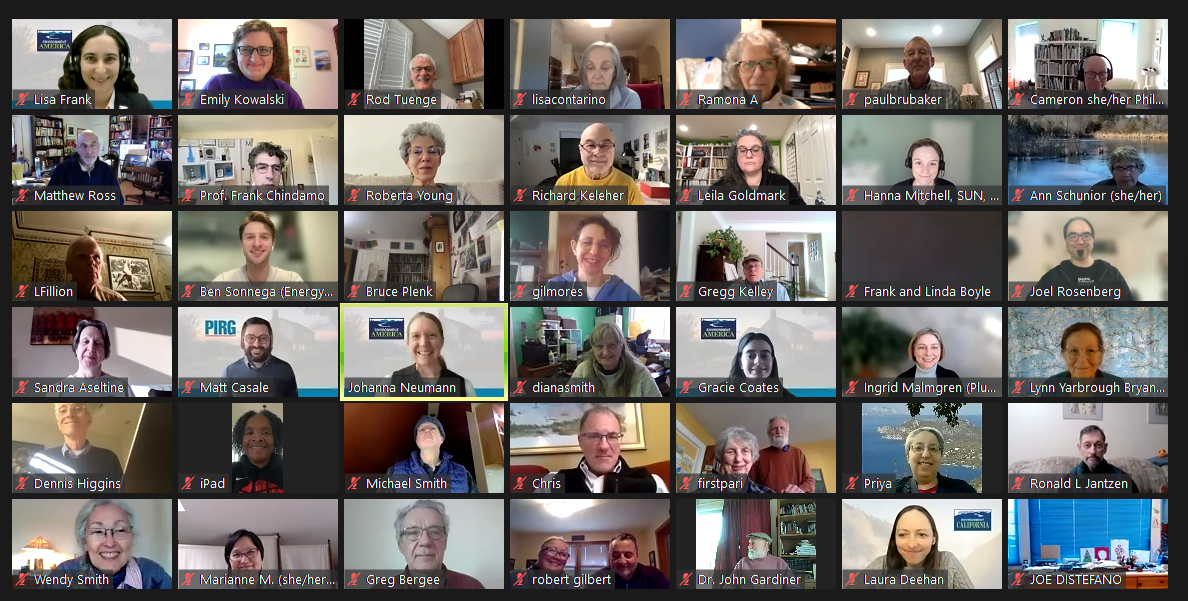
The environment in the age of COVID-19
What is the new normal for our environment?

by Morgan Spraker
More than a year in, COVID-19 has affected every facet of our lives, including our relationship with the environment. Nothing has been the same since March 2020. But with the vaccine more readily available, the public is anticipating a return to normal. This light at the end of the tunnel raises the question:
What will “normal” look like for the environment in a post-pandemic world?
The COVID era has brought new environmental concerns, but has also provided new insights that could positively impact sustainability going forward. Reflecting on these ideas can provide clarity and a path forward that protects the natural world.
The Good
Especially in the early days, the pandemic prevented many from driving or going out. This resulted in rapid environmental changes that could be linked to our COVID behavior. At the American Geophysical Union’s 2020 fall meeting, various researchers discussed reduced deforestation, diminished air pollution and improved water quality in the past months. While these changes may be temporary, researchers agreed that these could be steps in the right direction if continued.
In Florida, we’ve also seen the effects. In May 2020, our air quality was the cleanest it had been in years. Clearing non-essential travel created a drop in nitrogen dioxide pollution, which was an unintended positive consequence of COVID-19.
Of course, we do not want the pandemic’s continual health and safety threats. However, these changes illustrate that improvement is possible with altered human behavior.
The Bad
From takeout containers to disposable masks, plastic pollution has become a fact of pandemic life. A recent study showed an estimated twofold increase in plastic debris by 2030 will likely be even worse because of single-use plastic consumption habits developed during lockdowns. Likewise, personal protective equipment (PPE) and other forms of plastic have found their way into the ocean at an alarming rate because recycling systems strained and broke down. The effects of this pollution will be devastating on water quality and marine life.
Hopefully, as more become vaccinated, single-use plastics can once again be left behind. Yet, with health and safety remaining a viable concern, plastics may remain present in the upcoming future.
Crisis Response
Like global warming, COVID-19 has been a crisis requiring unprecedented focus and action. With that in mind, our response to ongoing environmental threats must be informed by our COVID-19 response. Our actions have shown that there are two different paths forward: either we can continue to cause damage and pollute the environment further, or we can work to decrease our collective carbon footprint.
The goal is to choose the latter path. It should be understood that there will be a before COVID and an after COVID. As people seek a new normal, it is important not to fall back on unsustainable habits, but create a healthier approach that promotes a cleaner, healthier future — for people and the environment.
Topics
Find Out More


A look back at what our unique network accomplished in 2023

How much does American driving contribute to global climate pollution?

